How to make a cheap Squier play like an American Fender
Roll Your Edges!
The difference between expensive American made Fender guitars versus their cheaper import counterparts from the Squier range is often time. What I mean by this sweeping statement is that US-built guitars often benefit from more time spent on the finer details.
We could argue over tonewoods, hardware and pickups all year long. It won’t get us very far, but it will certainly divide opinions. The aesthetics of a guitar are often linked heavily to the cost of manufacture. A bound neck with fancy, intricate ‘PRS Birds’ or ‘Ibanez Tree Of Life’ fret markers takes longer to build compared to one with plain black dots. So labour time equals money.
Neck refinement
One way of making your cheaper Squier play more like an American made Fender is by putting some time into refining the neck. (Another would be to adjust the truss rod… Ed.) I’ve been doing this trick since I was a teenager and so have a lot of experience in making cheaper guitars play like their more expensive counterparts.
Roll Your Edges!
The trick is to roll your fretboard edges and to finish off the rough ends of the frets on your guitar. Will it require specialist tools? No. All you need is time, patience and a sanding block (the type you can buy in your local hardware store). Go for one with the finest grit you can find. This is usually called Super Fine. You won’t save time by using heavier grit, all you will do is damage your guitar.
Fine/Super Fine
The kind of thing you are looking for is like this foam one on Amazon, which is labelled “Super Fine” and should be good for the job. If you aren’t sure what to buy, avoid anything that says coarse or heavy. Aim for Fine, Super Fine and you’ll be in the right ballpark.
When I came to writing this article I looked online and saw that YouTuber Darrell Braun Guitar has done a similar thing to his guitars for ages and so I’ve included his demonstration video below to show you what I’m talking about.
Go Slow
First off, do not rush this job!
I’ve used this simple trick literally hundreds of times in the last 30 years. However, if this is your first time, then please take your time and do a little bit, check your progress and then do more if it is required. Remember: you are taking away wood and metal here. Once it is gone you cannot add it back again, so go slow or you could ruin your guitar.
You cannot use this particular trick on bound necks, as it will certainly ruin them. It also doesn’t work well with necks with a lacquer finish. But, if your neck is bare maple, rosewood, ebony or similar then you are good to go.
45 degrees
Follow the angle of your fret ends, which should be around 45 degrees. That’s the guideline for the correct angle. Be careful not to sand too hard. Less pressure is required to do this job than you think. Approach this like you’re polishing the neck rather than smoothing down the fretboard edges and fret ends.
I’d suggest that you do this job with all the strings removed from your guitar. And make sure you have a nice quiet workplace, so you can concentrate on the job in hand. I tend to polish it all off using 0000 steel wool once I’ve finished and then clean my fretboard using Fret Doctor Bore Oil, Dr Duck’s Ax Wax or similar.
Darrell makes really useful videos on his YouTube channel and so I would recommend checking them out, too.

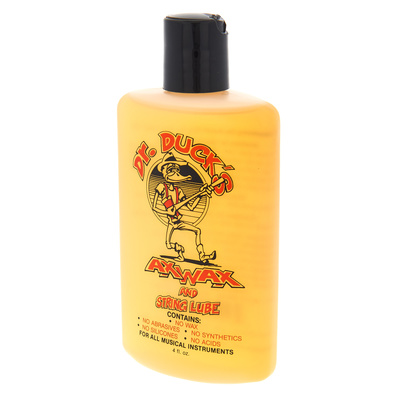
Video
You are currently viewing a placeholder content from Youtube. To access the actual content, click the button below. Please note that doing so will share data with third-party providers.
Note: This article contains advertising links that help us finance our site. Don’t worry: The price for you always remains the same! If you buy something through these links, we will receive a small commission. Thank you for your support!
- Rough fret ends and sharp fretboard edges: YouTube/Darrell Braun Guitar
- Superfine foam sanding block: Amazon
- Polished, smooth and ready for cleaning: YouTube/Darrell Braun Guitar
12 responses to “How to make a cheap Squier play like an American Fender”

 4,6 / 5,0 |
4,6 / 5,0 | 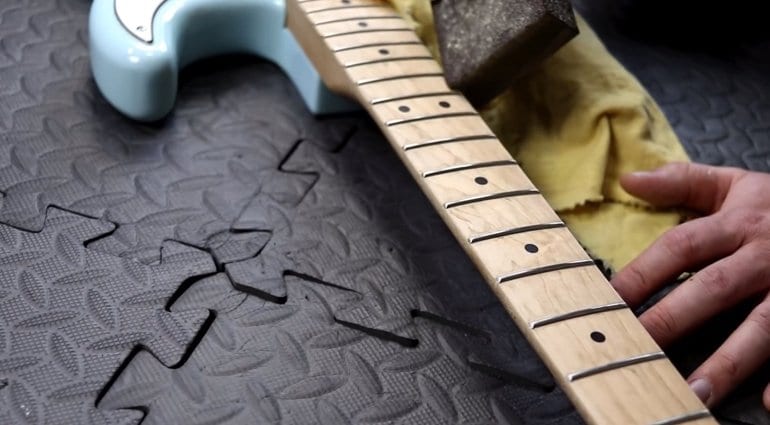


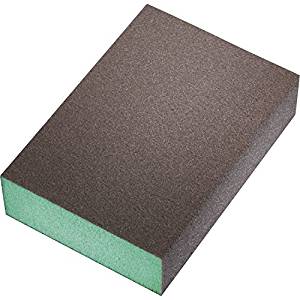


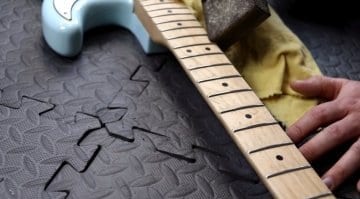


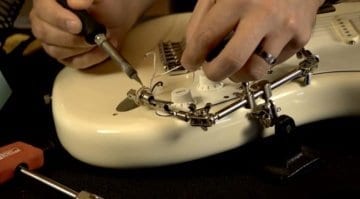


Don’t work on ebony. It’s toxic when powdered.
To be fair you should use a mask and well-ventilated area whenever you sand anything.
Why is there always enough time to do the job right the second time
That’s not gonna help with the high action and the bow in the neck
You can use this formula to adjust a truss rod. https://www.gearnews.com/gibson-les-paul-demystifying-truss-rods/
You’ll never get a straight neck on a squire by adjusting the truss rod the wood used on cheap guitars is a lower grade and always develops a twist eventually. If you hold the guitar up and look down the length of the neck from the heel to the nut you will see it
I’d disagree with that statement myself but can only base it on the Squires that I own and gig with. I can compare them to my US made PRS, Gibson, or Japanese built ESPs, plus US made Custom Shop and Fender guitars (plus the many others I own). Any neck can, in theory, develop a fault over time, but more likely down to humidity or similar issue. YMMV of course.
Awesome video, thank you! Is there a quick fix for the top of new rough scratch frets?
Yeah, you can use Fret Erasers to polish them if its only a small amount. If it is worse then break out some 0000 wire wool or wet n dry. If you have to use wire wool, it gets everywhere, so tape up all your pickups etc As magnets will attract the particles. I prefer sweet n dry and as fine as you can get, go slow and less is more.
What about putting a quality fender neck on a squire body?
By the time you do all of that you might as well buy a fender. A fender neck is 300.00 – 600.00 and on up, just for the neck
What are your thoughts on placing a loaded pickguard (~$300). I have a ‘93-94 squire would a loaded pickguard for fit?
You are currently viewing a placeholder content from Facebook. To access the actual content, click the button below. Please note that doing so will share data with third-party providers.
More InformationYou are currently viewing a placeholder content from Instagram. To access the actual content, click the button below. Please note that doing so will share data with third-party providers.
More InformationYou are currently viewing a placeholder content from X. To access the actual content, click the button below. Please note that doing so will share data with third-party providers.
More Information